What to do if a tornado hits New York City
Don't get it twisted: tornadoes can and do happen here.
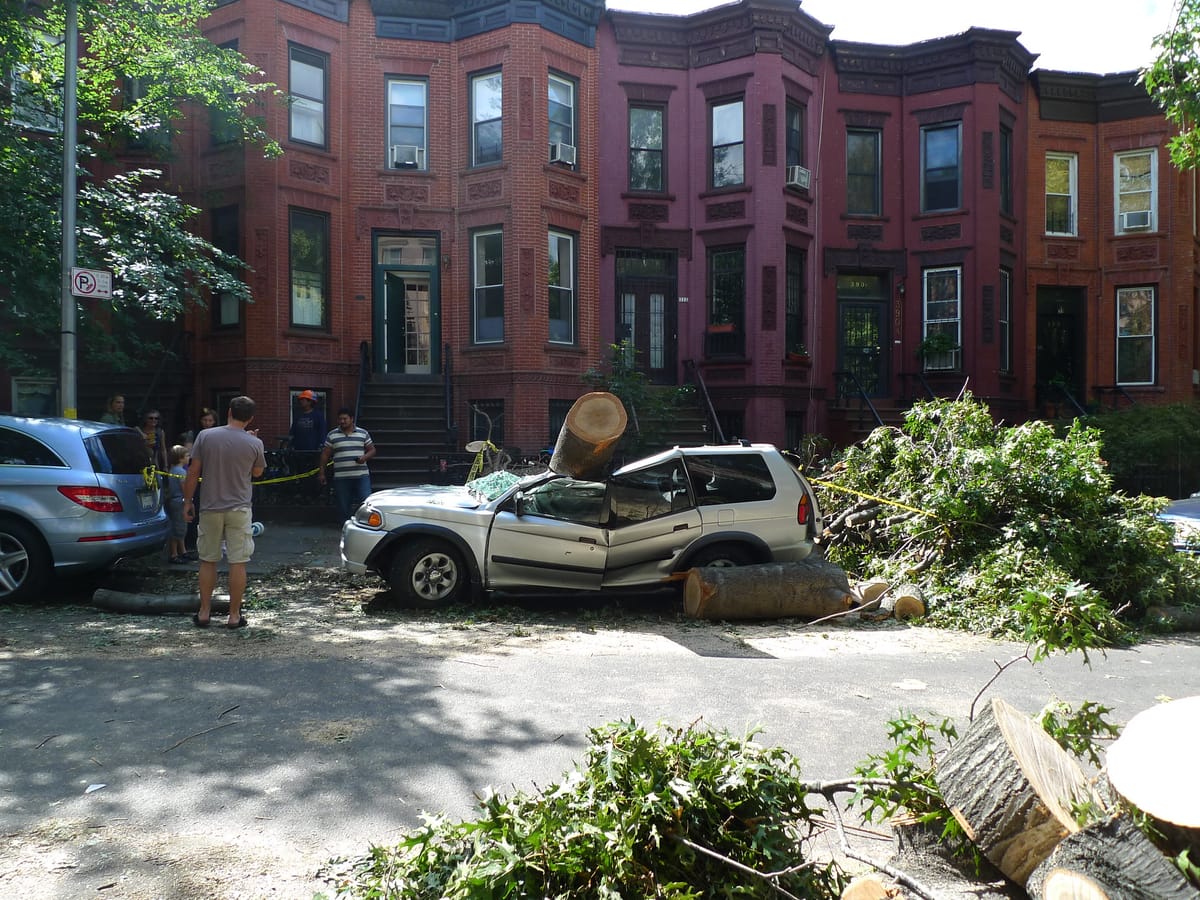
If you’ve lived in New York for any length of time you’ve most likely made it through blizzards, hurricanes, crushing heatwaves, an entire category shift in our local climate, and even a surprise earthquake or two. But hey, this ain’t the Midwest, we can at least check tornadoes off our list of weather worries, right? Wrong.
Why, just yesterday “at least one tornado” caused some ruckus upstate, and those of us who keep a weather eye on our weather apps have probably noticed multiple tornado notifications over the past few months.
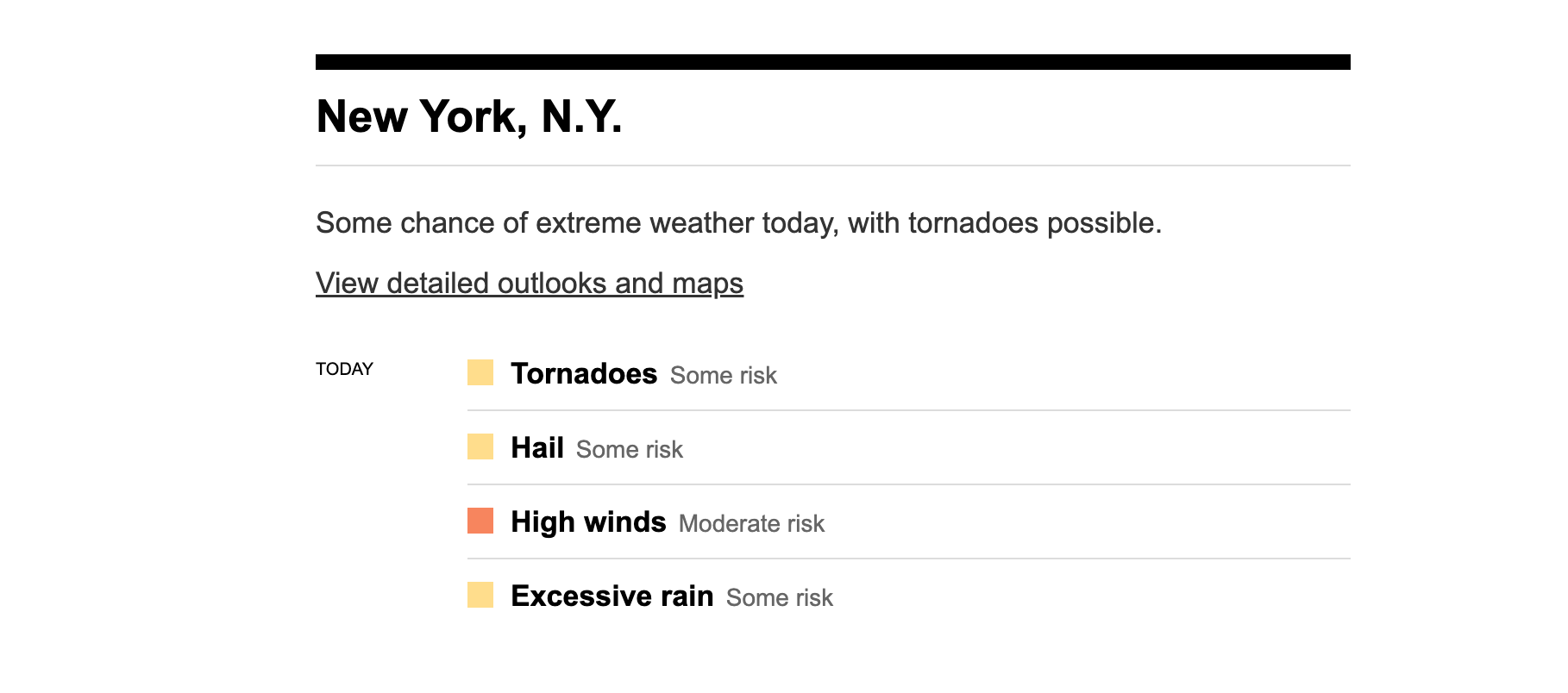
Old heads may even remember the 2007 Brooklyn tornado, which had wind speed up to 135 miles per hour. It was the strongest tornado on record to ever hit the city, and caused tens of millions of dollars worth of damage (though thankfully no fatalities). There were some 2010 tornadoes, too!
And of course, there’s noted Glen Powell vehicle Twisters hitting a New York City theater near you on July 19. (Hi Glen, like and subscribe!)
Point being: we may not have warning sirens and storm cellars around these parts, but if an honest-to-god twister does hit — which is indeed a real possibility — it’s a good idea to know what we’re working with. Let’s get into it:
Know the Lingo
First and foremost it’s key to know the difference between a tornado watch and a tornado warning, so you know the seriousness level you’re dealing with.
A “tornado watch” is issued when “conditions are favorable” for a tornado to develop, per the New York City Office of Emergency Management. There’s likely other inclement weather already going on if this is happening, and while it doesn’t mean a tornado is necessarily going to develop, it does mean it’s a good idea to get yourself indoors and keep an eye on your weather apps and emergency alerts (more on that later).
A “tornado warning” — like the one that happened yesterday upstate — means a tornado is either indicated on radar or has been sighted by storm spotters, and is generally applied to a smaller geographical area, all of which mean that the situation is much more serious than a tornado watch. If a tornado warning is issued, the National Weather Service says there is “imminent danger to life and property,” and recommends moving to an interior room on the lowest floor of a sturdy building, or, failing that, “move to the closest substantial shelter and protect yourself from flying debris.”
A “tornado emergency” is much rarer, and the highest alert level possible. This means a “violent tornado has touched down in the watch area,” per the NWS, with extreme risk to human life and property. Seek shelter immediately.
This might not be info you’ll need in the moment of a potential tornado, but now’s as good a time as any to get to know the Enhanced Fujita Scale, the metric used to measure the severity of tornadoes. The scale is based on wind speed and ranges from F0 (“light” damage likely) up to F5 (“incredible” damage). That Brooklyn tornado back in 2007 rated an F2, “considerable” damage.

Where to actually go
So you don’t have a storm cellar, or even an easily accessible basement in your building. There’s still plenty you can do to keep yourself as safe as possible from a tornado. From the Office of Emergency Management:
“If an underground shelter is not available, move to a small interior room or hallway on the lowest floor and get under a sturdy piece of furniture. Put as many walls as possible between you and the outside.”
When you do this, bring your pets with you on a leash or in a carrier, and stay put until the danger is over (another good reason to stay tuned into the radio and/or emergency alerts).
Two other key tips: stay away from windows, get out of vehicles and inside a building (do not try to outrun a tornado in a car), and seriously, don’t dawdle anywhere trying to get a glimpse of the cool, rare weather thing. Tornadoes move quickly, and it’s easy for those of us who aren’t used to them to underestimate that fact.
To wit: a recent survey of New York City residents found that about 75% of us thought we’d have over an hour to take shelter in the event of a tornado warning, when the actual time frame is more like 15 minutes.
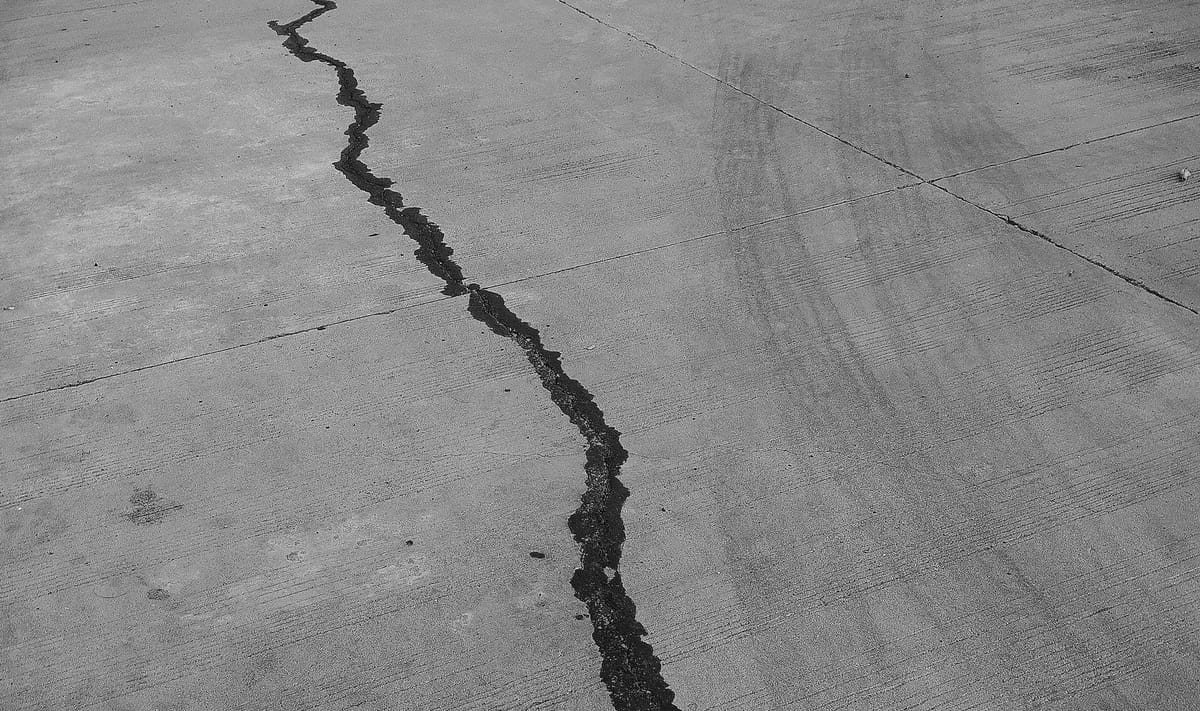
How else to stay prepared
A lot of broadly applicable emergency-preparedness skills are as relevant for tornadoes as they are for everything else: make sure your phone is charged and you’ve got backup chargers on hand, and keep your home ready with basics like first aid supplies, water, and a battery-powered radio, per the Red Cross. It’s also smart to make a plan in advance for where it might be safest for you to go if a tornado strikes.
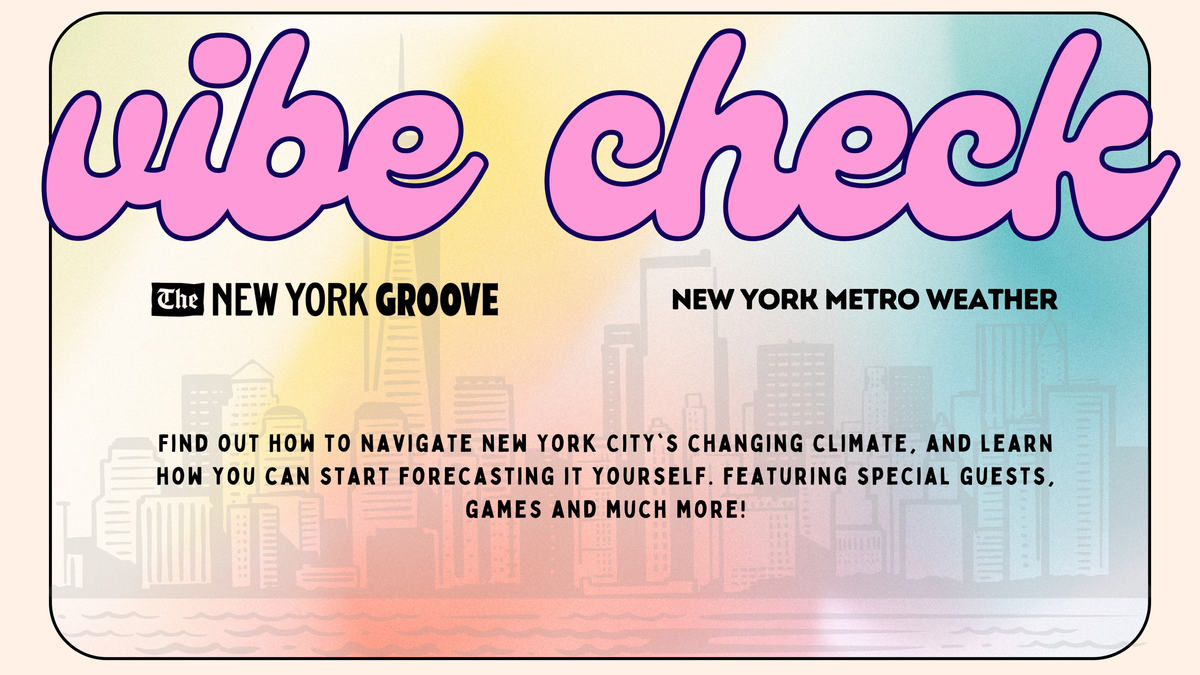
Know your go-to sources for weather news and alerts, and sign up for Notify NYC alerts, which will keep you apprised of any key updates.
Beyond weather apps and official warnings, the OEM also suggests familiarizing yourself with the telltale signs of a likely tornado:
"An approaching cloud of debris can mark the location of a tornado even if a funnel is not visible.
Before a tornado hits, the wind may die down and the air may become very still.
Tornadoes generally occur near the trailing edge of a thunderstorm. It is not uncommon to see clear, sunlit skies behind a tornado."
Most likely, the closest anyone in the five boroughs will get to any of this is by sitting in the air conditioning slamming a Twisted Tea during a screening of Twisters. But crazy weather has happened here before and will happen again, and it can’t hurt to take a little time to get yourself ready in case it does.
And look on the bright side: At least there are no active volcanoes nearby … yet.



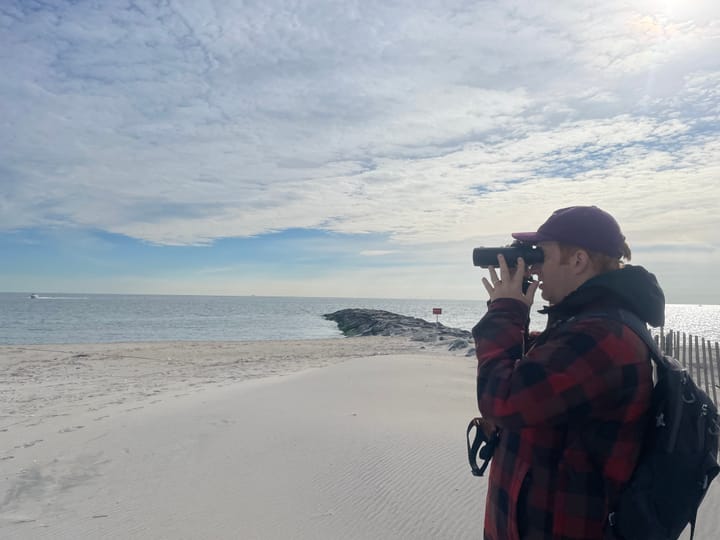
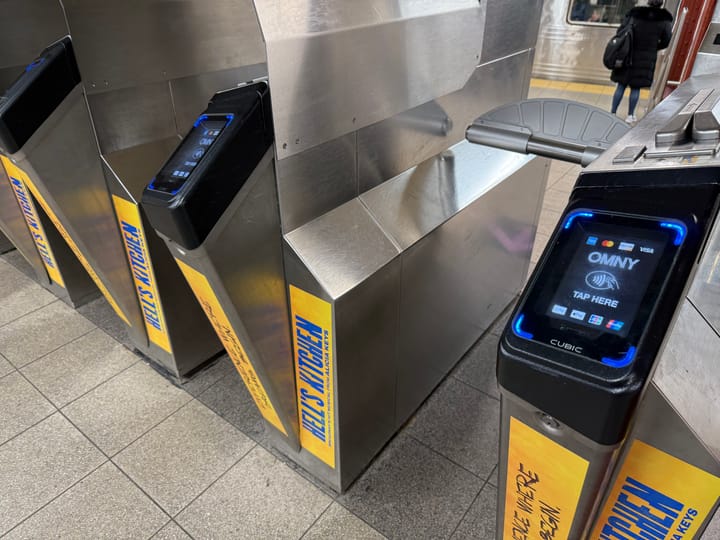
Comments ()